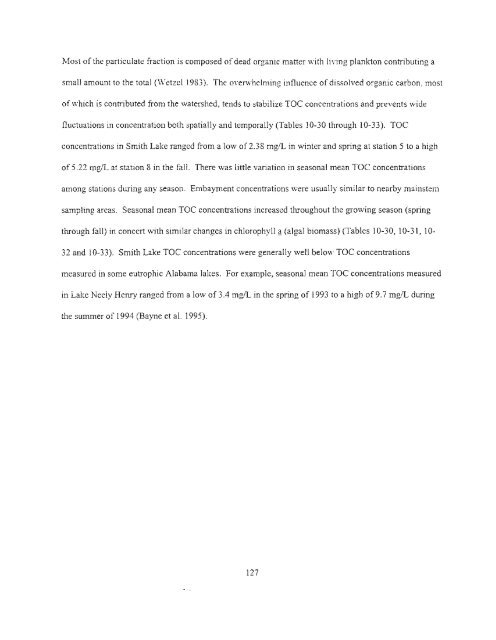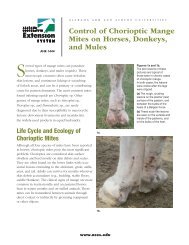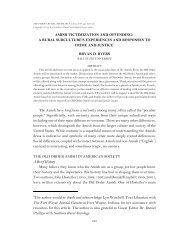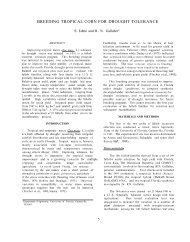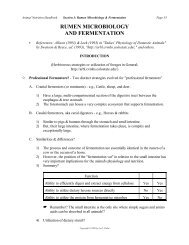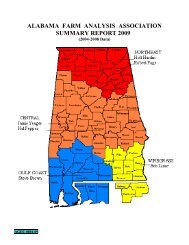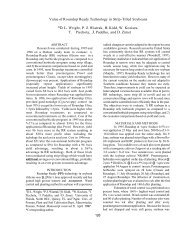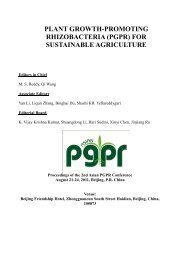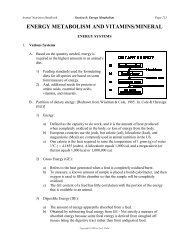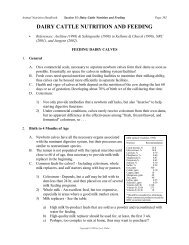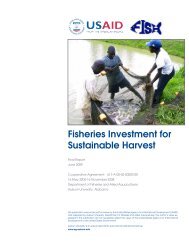LEWIS SMITH LAKE - Auburn University
LEWIS SMITH LAKE - Auburn University
LEWIS SMITH LAKE - Auburn University
Create successful ePaper yourself
Turn your PDF publications into a flip-book with our unique Google optimized e-Paper software.
Most of the particulate fraction is composed ofdead organic matter with living plankton contributing a<br />
small amount to the total (Wetzel 1983). The overwhelming influence ofdissolved organic carbon, most<br />
ofwhich is contributed from the watershed, tends to stabilize TOe concentrations and prevents wide<br />
fluctuations in concentration both spatially and temporally (Tables 10-30 through 10-33). TOe<br />
concentrations in Smith Lake ranged from a low of2.38 mgIL in winter and spring at station 5 to a high<br />
of 5.22 mgIL at station 8 in the fall. There was little variation in seasonal mean TOe concentrations<br />
among stations during any season. Embayment concentrations were usually similar to nearby mainstem<br />
sampling areas. Seasonal mean TOe concentrations increased throughout the growing season (spring<br />
through fall) in concert with similar changes in chlorophyll i! (algal biomass) (Tables 10-30, 10-31, 10<br />
32 and 10-33). Smith Lake TOe concentrations were generally well below TOe concentrations<br />
measured in some eutrophic Alabama lakes. For example, seasonal mean TOe concentrations measured<br />
in Lake Neely Henry ranged from a low oD.4 mgIL in the spring of 1993 to a high of9.7 mgIL during<br />
the summer of 1994 (Bayne et al. 1995).<br />
127


